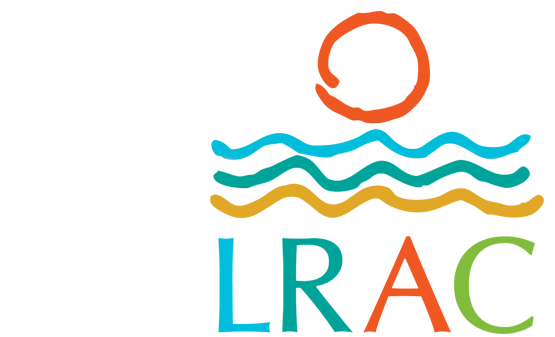How the Equitable Access Support Program has benefitted underrepresented communities throughout the Lakes Area Region
Recently, Lake Region Arts Council was featured by Metropolitan Regional Arts Council in one of their blog posts. This installment, titled ‘Statewide Stories: Region 4 Lake Regions Arts Council’ is part of a series dedicated towards being a space for stories about the Forum of Regional Arts Councils across Minnesota. In it, the works of Regional Arts Councils throughout the state are spotlighted to share lessons about the equity journey.
Statewide Stories from Region 4
From the March 11, 2022 article by Executive Director of the Metropolitan Regional Arts Council, Kathy Mouacheupao:
Lake Region Arts Council serves the nine counties of: Becker, Clay, Douglas, Grant, Otter Tail, Pope, Stevens, Traverse and Wilkin in west central Minnesota. This area encompasses 8,073 square miles and has a total population of 227,048. The largest city is Moorhead, population 42,005, contrasted with the least populated county in the state, Traverse, population 3,405. In this region there are only three cities over 10,000 in population.
But, I also learned from Maxine that Moorhead is the largest metropolitan area between Minneapolis and Seattle, which means you don’t have to leave MN if you’re looking for a metro community out West. Additionally, if you’re looking for water, go straight to Otter Tail county where there are 1000 of Minnesota’s 10,000 lakes. The population in Otter Tail County is only 60,081 people, so that means there is a lake for every 60 people in the county!
LRAC provides 8 different grant programs for individuals and organizations ranging from $500- $10,000, with the exception of their Legacy Organization Grant program, which has no maximum amount.
Equitable Access Support Program
Since 2018, with the support of the McKnight Foundation, the Forum of Regional Arts Councils of MN (Forum), which includes the Executive Director of every Regional Arts Council in the state, has been on an intentional journey to deepen our understanding of equity. This has led to learning, adaptations in practices, and the development of new programs across the state.
For LRAC, their needs assessment surveys highlighted that there were underrepresented communities that LRAC did not have relationships with, and that there were many barriers in the application process for these communities, making it difficult to access financial support for art activities. As a result, they developed the “Equitable Access Support” program to allow underrepresented communities to access financial support through a more simplified process. An important outcome of this program is the relationship building between LRAC and the participating organization.
When asked what she felt was an important lesson learned through this program, Maxine responded that, “It is so important to show up in person with these groups. COVID halted that for a while but I am excited to start making visits again. Building trust with each other is very important and takes time. Working with the White Earth group, we really listened to how important it was for them to know how we were going to use the video we made. I made sure that they were able to view and approve the video before we aired it and explained in detail how it would be used. It is very gratifying working with these groups, I really appreciate how patient they are with us as we learn about them and the work they do. I ask a lot of questions, some of which I am sure they have had to answer a hundred times with other organizations that are interested in their work.”
Showcasing the White Earth Head Start Project
Following the article was this video that was recently completed for LRAC by AMS Digital Productions. In it, you can learn firsthand about the White Earth Head Start program that received financial support to help children and their families celebrate their cultural traditions at the White Earth Powwow.



